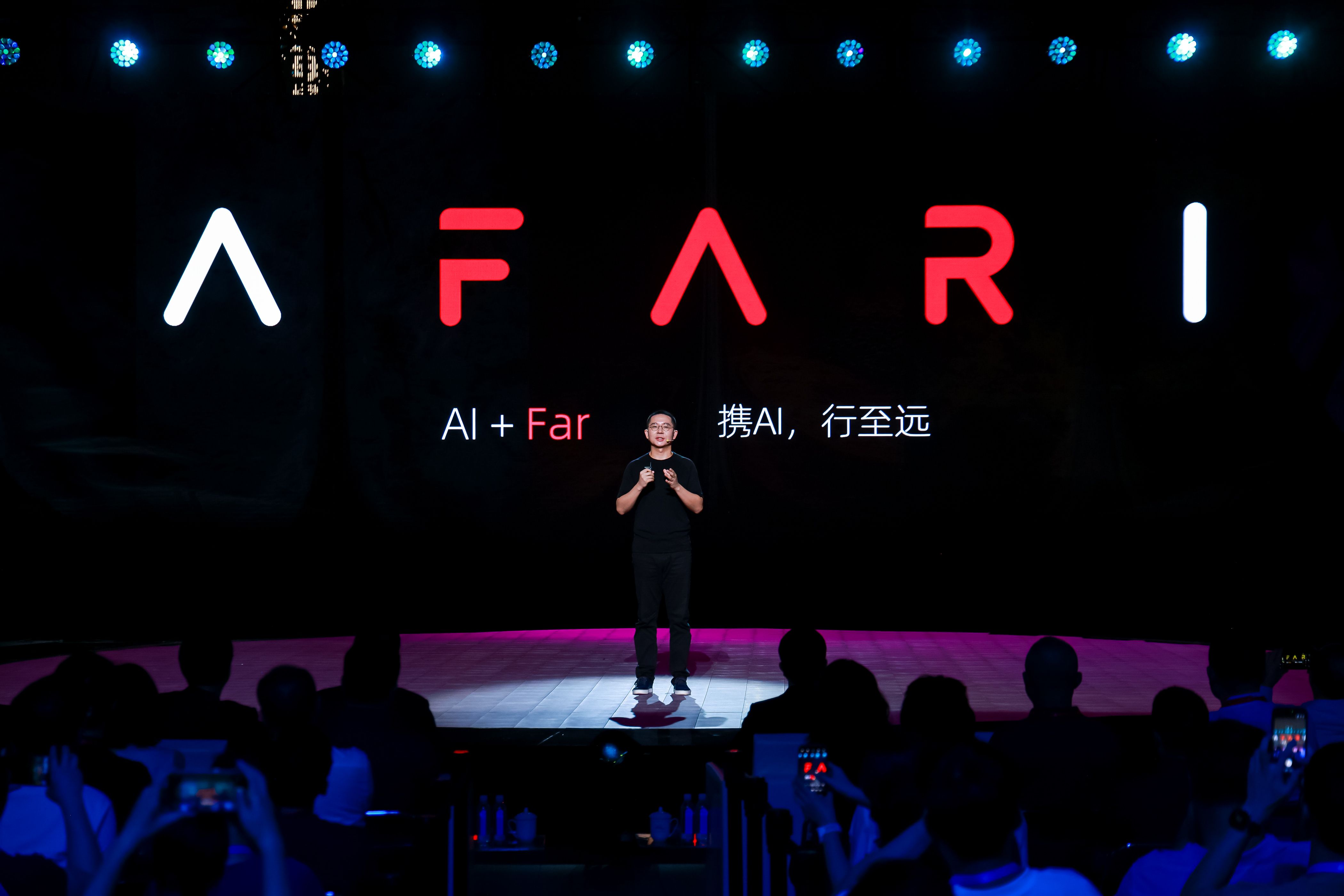
BYD to Adopt Huawei's Intelligent Driving System
Want to read in a language you're more familiar with?
Some versions of BYD's new model "Leopard 8" will be equipped with Huawei's intelligent driving solution.
According to LatePost, a Chinese tech media outlet, some versions of BYD's new model "Leopard 8" will be equipped with Huawei's intelligent driving solution.
The project is currently underway and, as per the plan, Leopard 8 will be the first model from BYD to achieve urban Navigation on Autopilot (NOA). Leopard 8 is the second off-road vehicle from BYD's sub-brand, and its launch date has been moved from the third quarter to the fourth quarter of this year.
BYD has publicly announced plans for three off-road vehicles and one sports car, with Leopard 8 being the most high-end and expensive model. The company announced at the Beijing Auto Show in April that the price would be around 500,000 yuan.
Road test information reveals that the Leopard 8 is equipped with a LiDAR system, a hardware basis of Huawei's Qiankun ADS 3.0, which was not available in Leopard 5. Huawei launched this intelligent driving solution in April, which can achieve high-level intelligent driving functions such as urban NOA.
This is the first time BYD has partnered with Huawei in the intelligent driving field. Previously, BYD's intelligent driving suppliers were mostly startups. Models such as Han, Tang, and Seal adopted solutions or chips from companies like Momenta, Horizon, Black Sesame Technologies, and DJI.
However, BYD's long-term goal is to develop its own intelligent driving solutions. With over 4,000 intelligent driving R&D personnel, BYD has a larger team than Li Auto, NIO, and XPeng. Since 2022, BYD has repeatedly adjusted the structure, middle-level managers, and team division of its intelligent driving business, bringing in external talent with the aim of integrating resources and accelerating self-research progress.
This time, BYD has brought in Huawei as an intelligent driving supplier, possibly to stimulate high-end car sales and establish a high-end brand image more quickly. As the flagship model of BYD, Leopard 8 needs to establish a high-end image for the brand, and Huawei's intelligent driving solution is one of the breakthroughs.
In the mid-to-high-end market, Huawei AITO has already demonstrated the importance of intelligent driving to its peers. In September last year, the updated AITO M7 was launched, adding Huawei's ADS 2.0 advanced assisted driving system. The following month, the new M7 sold over 10,000 units, after hovering in the 1,000-2,000 monthly sales range for nearly half a year.
In 2023, BYD's sales grew by 61.3%, but in the first half of this year, this growth rate dropped to 28.5%. For highly vertically integrated systems like BYD, a slowdown in growth is particularly alarming. When sales grow fast and market demand is strong, the self-built massive supply chain can bring cost and output advantages. However, once the growth slows down, BYD needs to digest any excess capacity in the supply chain.
The mid-to-high-end market is currently particularly important for BYD. It is understood that BYD assessed this year that in the price range below 200,000 yuan, BYD's sales ceiling in China may be similar to the heyday of Volkswagen in North and South, which is about 4 million units per year, and BYD's models at this price are approaching this number.
SEE ALSO: China’s NEVs’ Market Penetration Surpassed 50% in July, Exceeding Fuel Vehicles





